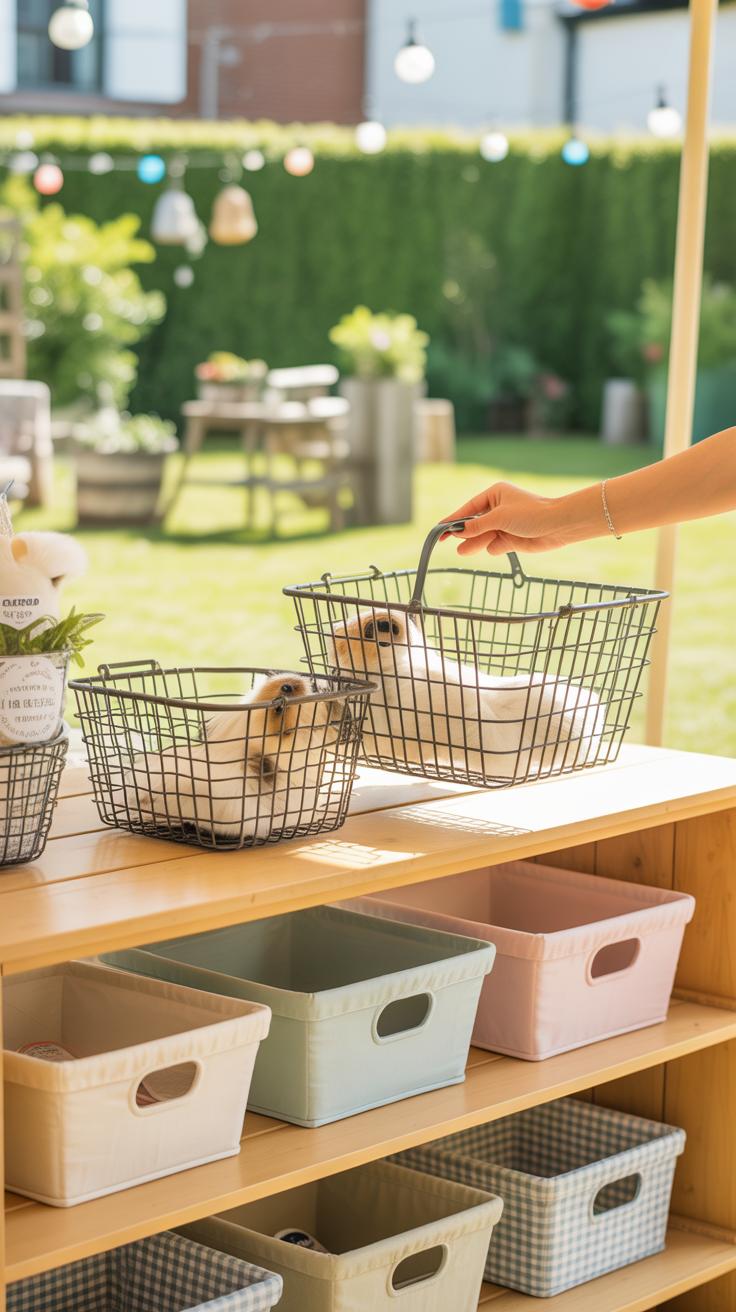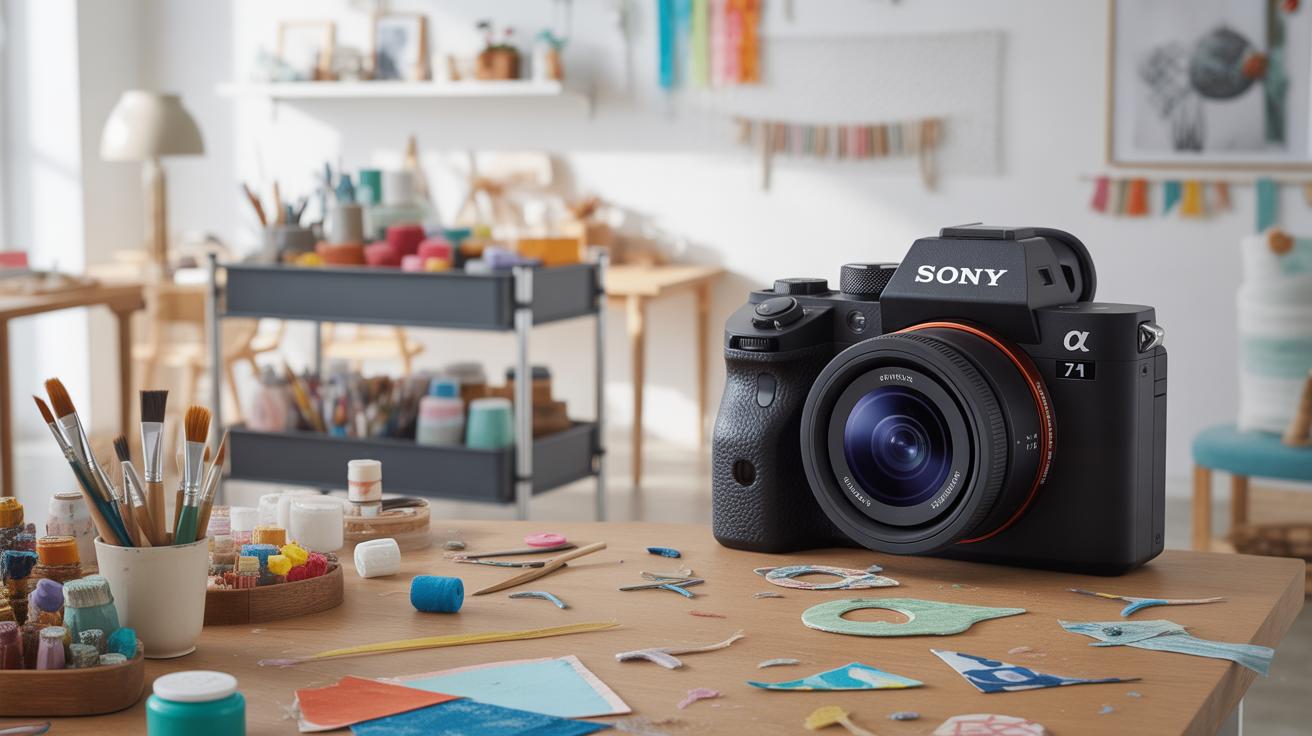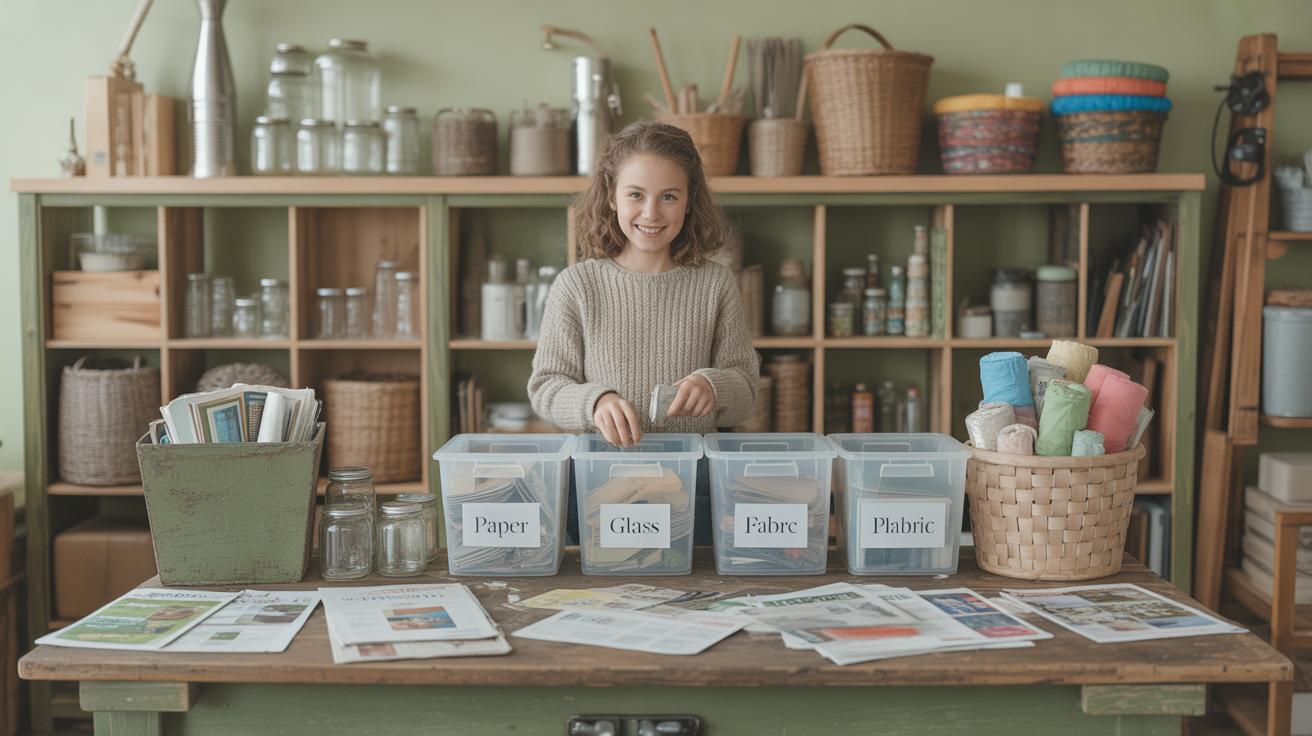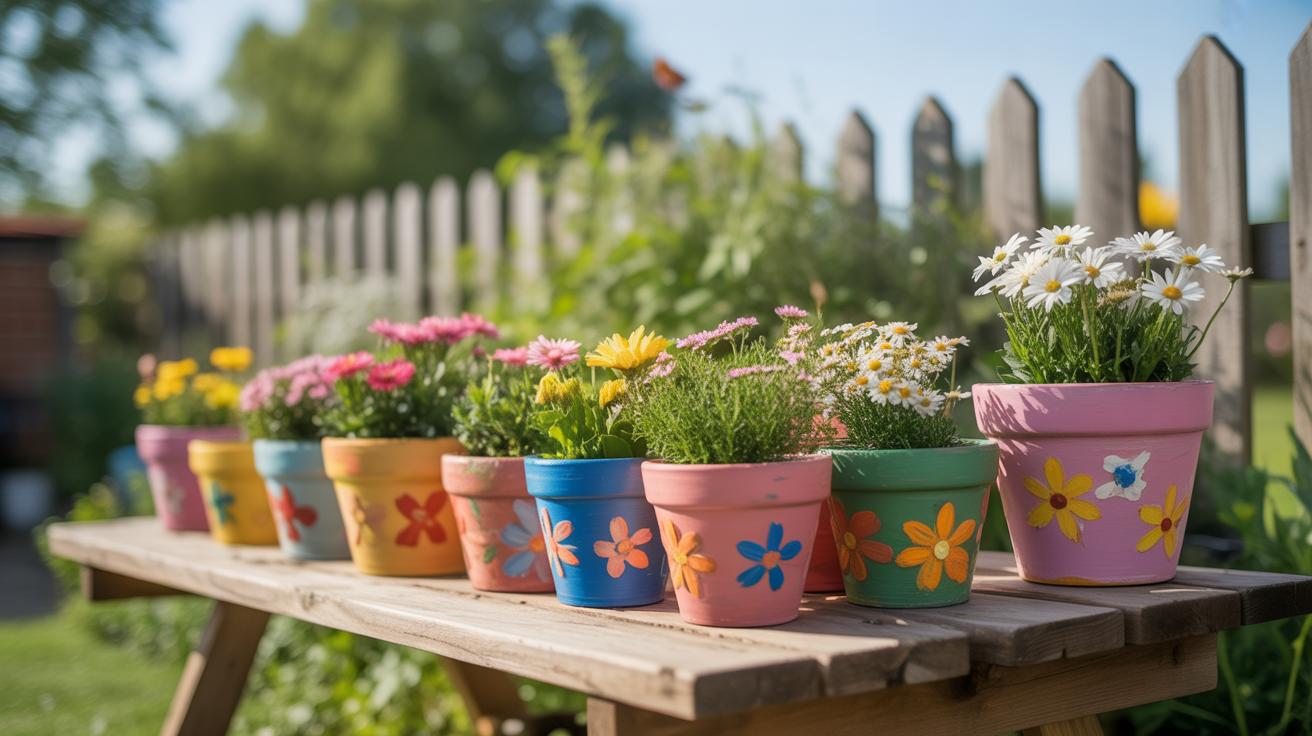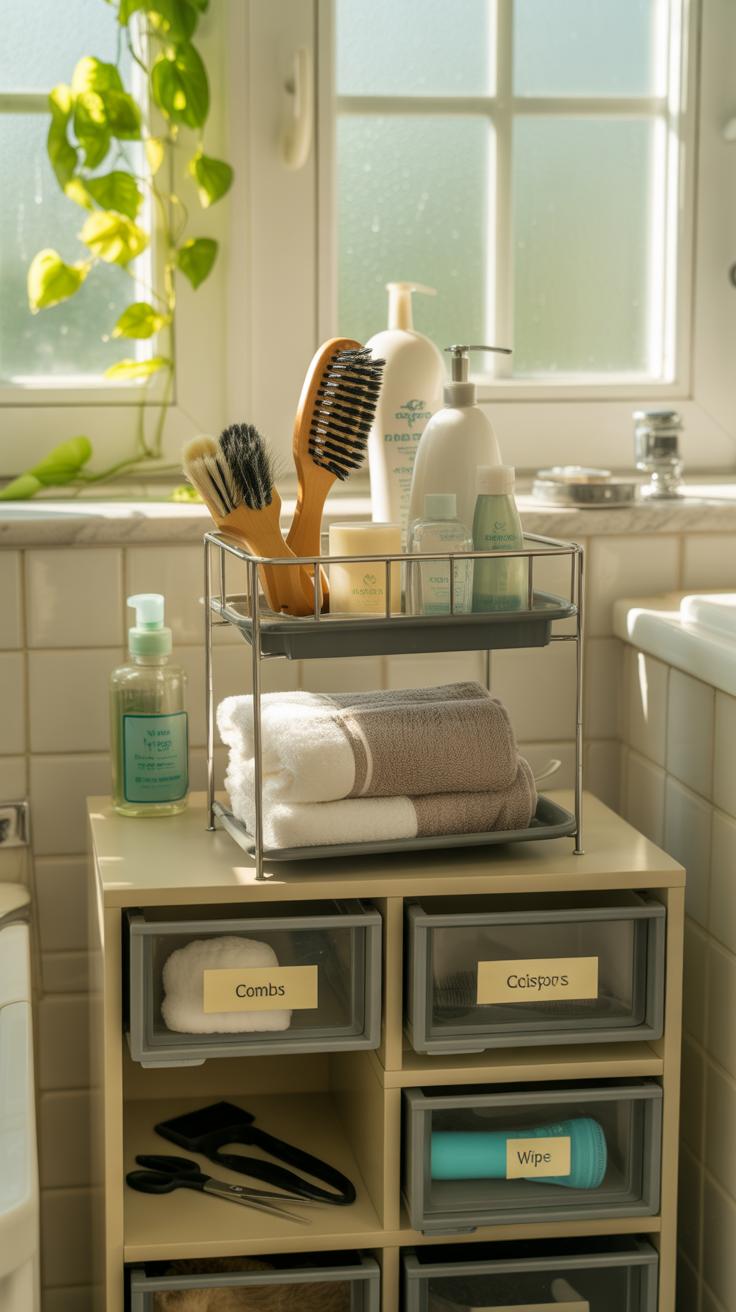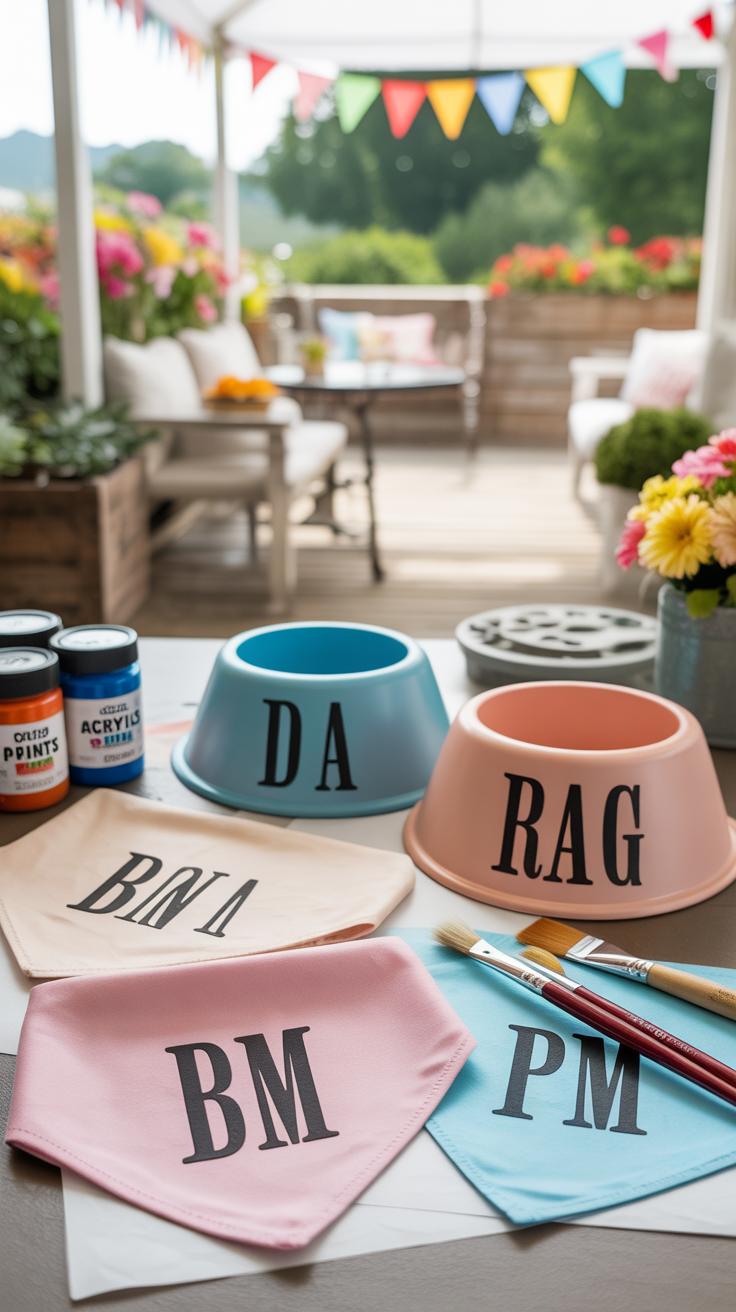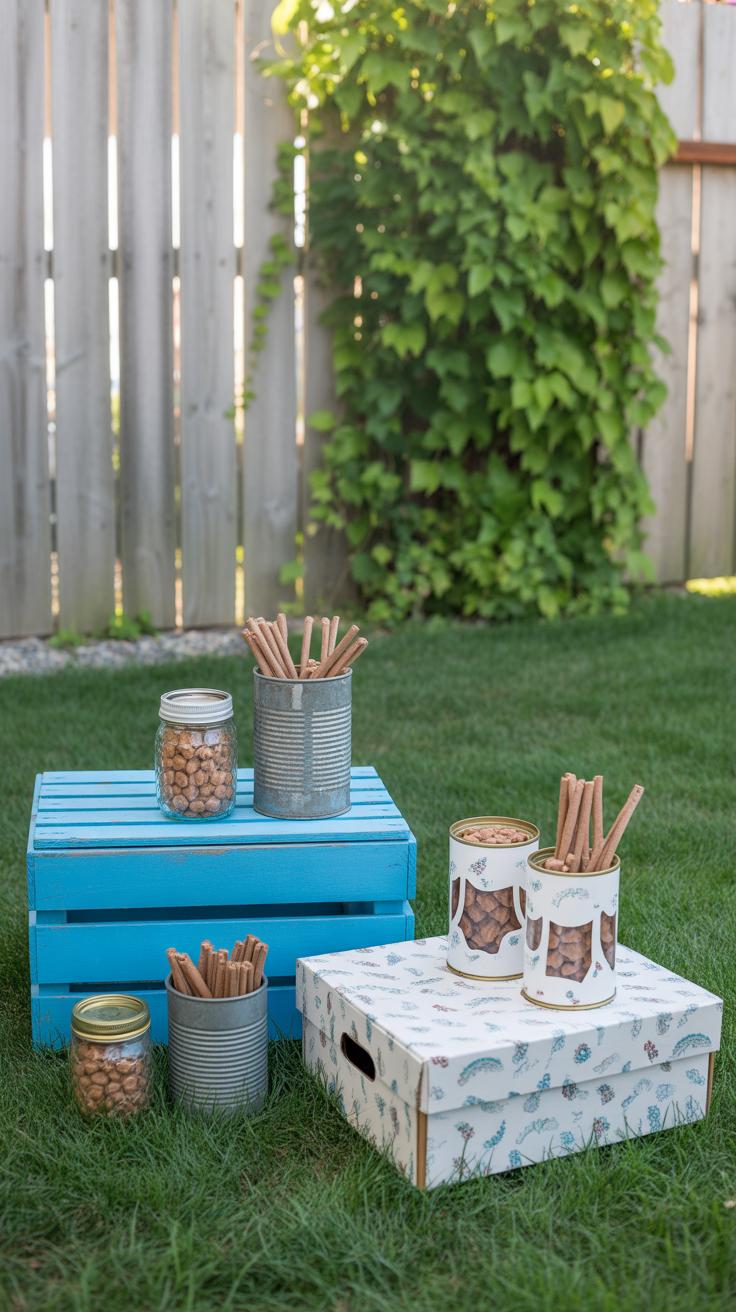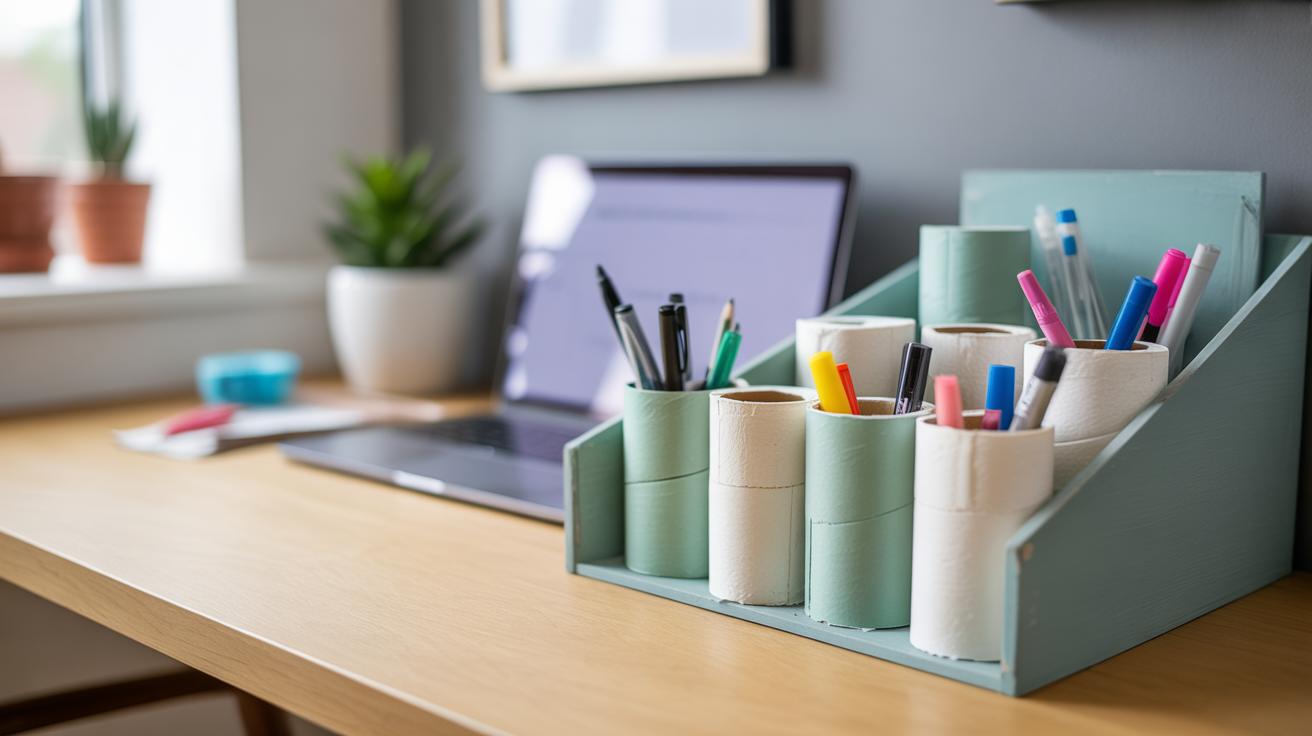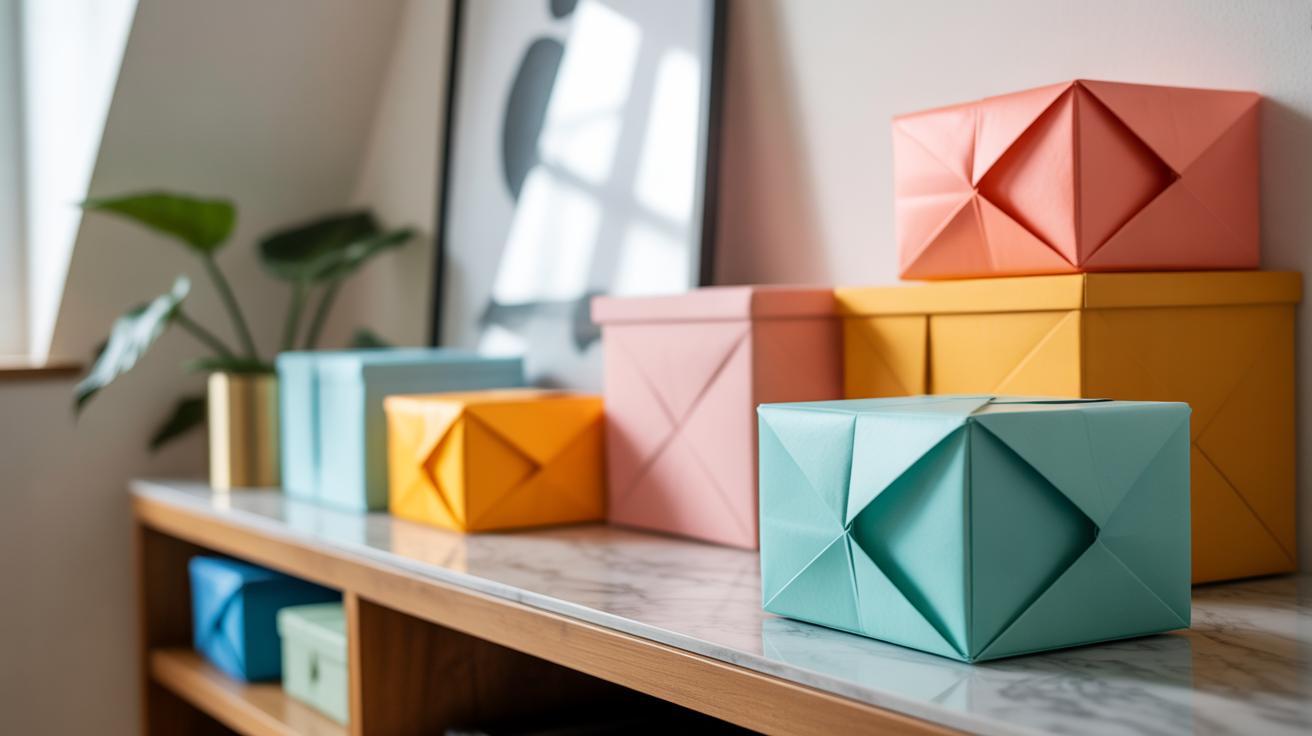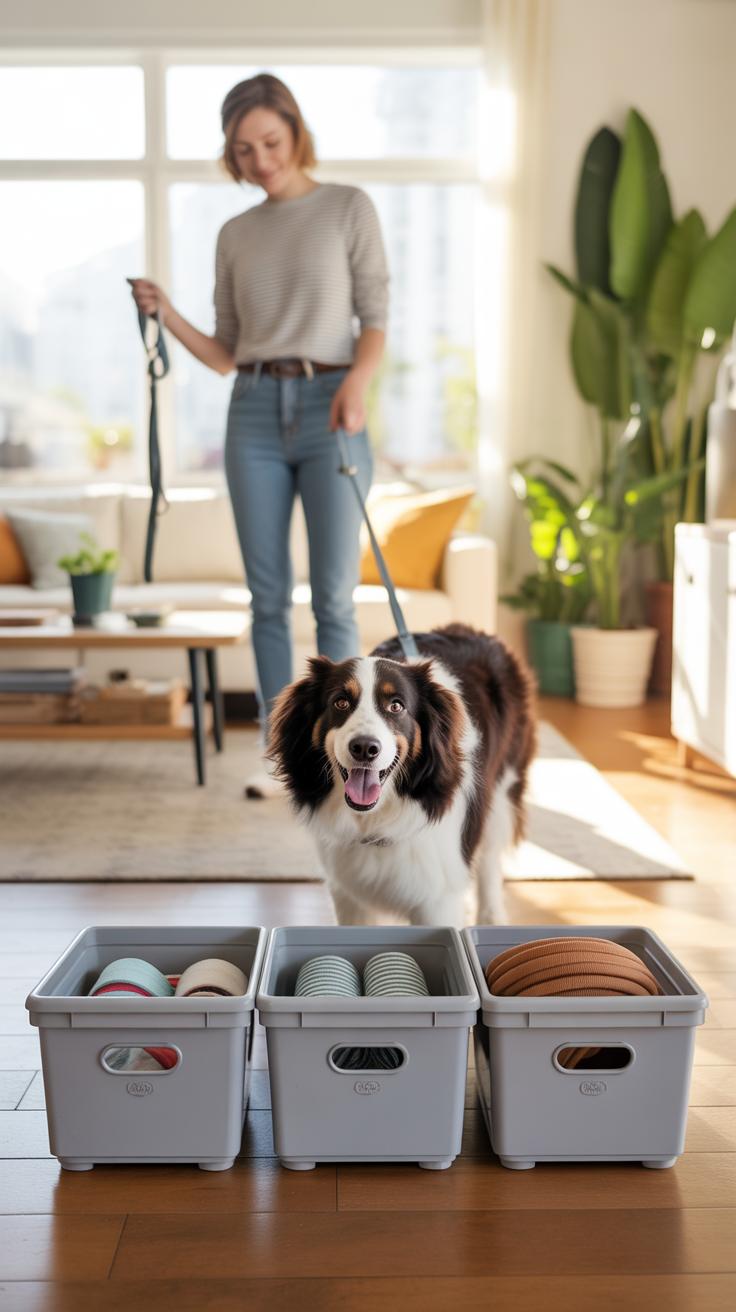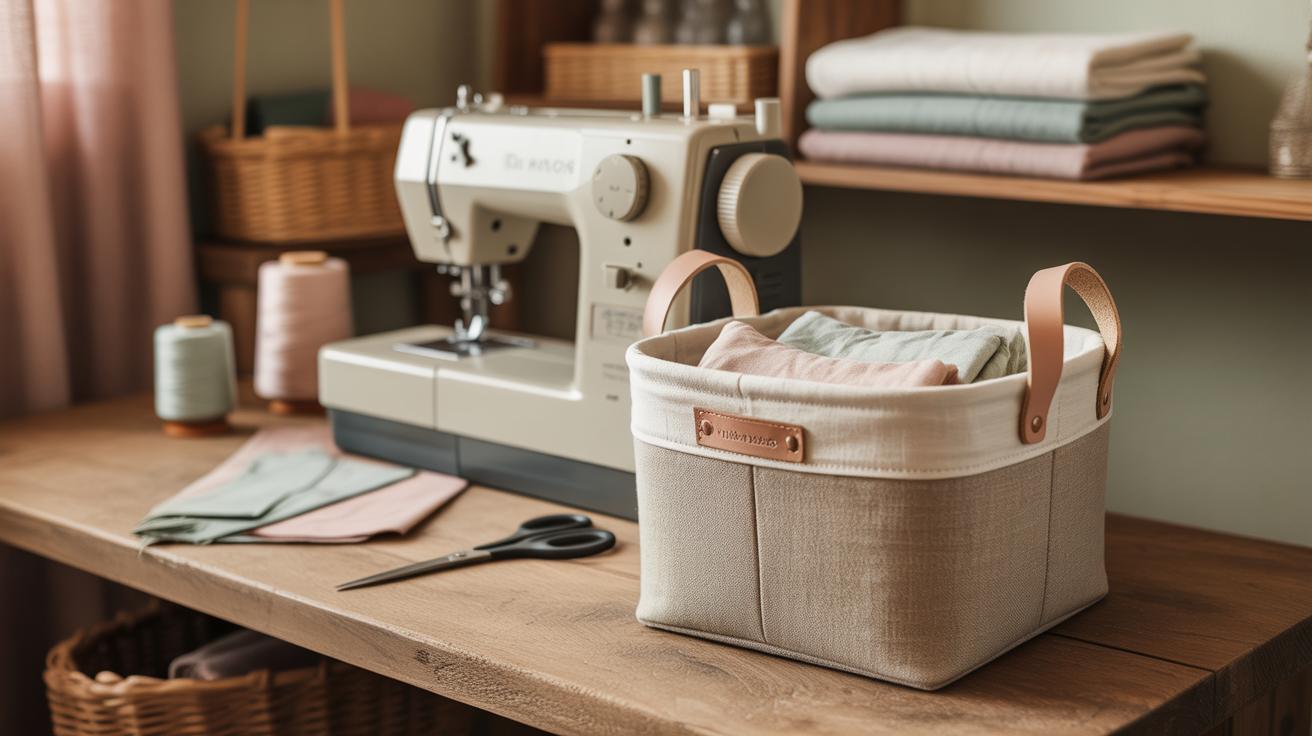Introduction
Organizing your dog’s accessories is important for keeping your home tidy. Dog crafts to store pet accessories with style help you create unique, functional storage solutions that fit your space and needs. These crafts can transform messy accessories into neat and stylish displays.
In this article, you will explore easy and practical dog craft projects that help you store collars, leashes, toys, and grooming tools. Whether you are new to crafts or experienced, these ideas will inspire you to make organizing fun and personalized.
Choosing the Right Storage Solution for Your Dog Accessories
When it comes to storing your dog’s accessories, figuring out what fits best can feel a bit tricky. Think about the types of items you have—leashes, collars, toys, grooming tools—they all vary quite a bit and usually need different storage approaches. For example, collars and leashes might work well hanging on hooks or pegs, while toys often require a roomy basket or bin.
Size does matter when choosing storage, not just the size of your dog’s stuff, but your home’s space too. In a small apartment, for instance, you might prefer wall-mounted racks or stackable boxes that don’t take up floor space. Meanwhile, a larger home with a dedicated mudroom or entryway might allow for bigger storage like closed cabinets or benches with built-in compartments.
Assess your daily habits, too. If you take your dog out several times a day, having easy-to-reach storage is key. A basket near the door for grabs and drops might work better than something tucked away in a closet. On the other hand, if you prefer keeping things out of sight, a decorative box or closed container might please you more, but that means you’ll spend extra moments digging through it.
Here’s a quick look at how different accessories line up with storage options:
- Collars and Leashes: Hang on hooks near exits or inside cabinets with dividers.
- Toys: Open baskets, bins, or fabric sacks allow for quick sorting but can look messy if overfilled.
- Grooming Items: Smaller containers or trays help keep brushes, shampoos, and nail clippers organized.
- Training Supplies: Compact pouches or wall-mounted holders work well for treats and clickers.
Try to match storage to your space and lifestyle, not just what looks good. And if you find yourself with more stuff than storage, that’s a hint to pare down or rethink what you really use daily.
Materials and Tools You Need for Dog Craft Projects
When diving into dog crafts, especially for organizing pet essentials, you don’t need fancy or hard-to-find materials. Most basics are simple and easy to work with—even if you’re a beginner wondering where to start. Wood, for instance, is versatile: a bit of sanding and painting can make it just right for building small shelves or boxes. Fabric is another go-to, especially canvas or cotton, great for making pouches or lining baskets. Then there are hooks, jars, and baskets—each serving as ready-made options that only need a bit of personalization.
Paint and adhesives matter too, but stick to water-based paints and non-toxic glue if your dog’s around. I’ve found that hot glue works well for quick fixes, though some projects might need sturdier adhesives like wood glue or craft glue, depending on what you’re building.
About tools—scissors are essential, but beyond that, a good glue gun really makes certain jobs easier. You might hesitate at drills if you’re new, but even a basic corded or cordless drill opens up possibilities for stronger, more durable storage pieces. And don’t forget sandpaper—it smooths rough edges and keeps things safe for your dog and your hands. Some projects might surprise you with how simple they get with just a few tools and materials within easy reach. It’s okay to start small and see what sticks.
DIY Collar and Leash Holders
When it comes to keeping your dog’s collars and leashes organized, simple holders make a big difference. You can create these holders using basic materials like wooden boards and hooks—nothing too fancy, but still stylish enough to fit your home. The key is to keep things easy to grab and tangle-free.
Design Options for Holders
There’s quite a range of designs you might consider:
- Wall-mounted hooks: Just screw in metal or decorative hooks into a plank or directly onto the wall. This is minimal and keeps everything visible.
- Framed boards: Use a shallow frame with hooks inside. You can paint or decorate the frame with your dog’s name or fun patterns—makes the holder look like part of your décor.
- Repurposed items: Old wooden pallets, shutter panels, or even coat racks can turn into leash and collar holders with a little creativity.
Sometimes I tried a simple pegboard, but it got cluttered fast. Framed boards feel a bit neater, though maybe more work. Which style fits your space might depend on where you want to keep the holder and how often you grab the accessories.
Step-by-Step Holder Crafting
Here’s a straightforward way to assemble a basic collar and leash holder:
- Start with a wooden board sized for your needs—perhaps 12 to 18 inches wide.
- Sand the surface to avoid splinters and paint or stain as you like.
- Mark spots evenly along the board where you’ll attach hooks—spacing the hooks about 3 to 4 inches apart helps.
- Screw in sturdy hooks designed to hold weight. You can use cup hooks or screw-in robe hooks.
- Attach mounting hardware on the back so you can hang the board on your wall securely.
Mount it near your door or where you often get your dog ready, so collars and leashes stay handy. This also helps prevent the dreaded mess of tangled straps lying around. If you want, add little labels or small baskets for tags and bags—extra useful but not a must.
Try to think about your daily routine with your dog when choosing where and how to hang the holder. The goal is to make the gear easy to grab but also organized enough that you won’t lose track of anything.
Storage Bins and Baskets for Dog Toys
When it comes to keeping your dog’s toys organized, bins and baskets can be a straightforward, practical solution. You can craft these containers to fit your space and style, making cleanup easier and playtime quicker. For instance, a low basket placed near a favorite lounging spot invites your dog—or you—to grab a toy without rummaging.
Choosing Basket Types
Picking the right basket depends on where you’ll keep it and the kind of toys inside. Wicker baskets are classic and breathable, which can help with toys that get damp or smell a bit. But they can snag on some squeaky toys, which might become frustrating. Fabric baskets, on the other hand, often fold up when not in use and come in many colors—plus, they’re soft enough if your dog leans on them. Plastic bins are easy to clean, especially if your pooch tends to bring outdoor toys inside, but they can look a bit sterile or heavy in a cozy room.
Decorating and Labeling Bins
Personalizing bins is more fun than you might guess and can also help identify what goes where. Painting wicker baskets with non-toxic paints, adding stencils or paw prints, or sewing on patches to fabric bins makes a difference. Labels can be simple, like chalkboard tags you change as needed, or more permanent vinyl stickers. I’ve found that a clear label with a little icon—like a bone or ball—helps everyone in the family remember what’s inside. Of course, you can skip labels if you prefer a minimalist look; but then again, finding that favorite toy might take longer.
Grooming Supplies Organizer Ideas
Keeping your dog’s grooming tools all in one spot can make the whole routine smoother, right? Think of brushes, shampoos, clippers—these items often end up scattered, which can get frustrating. A dedicated organizer helps, but it doesn’t need to be elaborate.
Compact Grooming Stations
Simple shelf units or wall-mounted caddies work well for tight spaces. A small wooden crate can hold shampoos upright, while hooks underneath can hang brushes or scissors. You might try a tiered tray—one for lotions, one for brushes—that fits neatly on a countertop. I once used a metal drawer organizer turned sideways; it saved space and kept everything visible. The trick is to keep things accessible without feeling cluttered.
Using Jars and Containers
Jars, especially glass ones, aren’t just for preserving food—they make great holders for grooming items. Paint or decorate them to fit your style, then use them for combs, nail clippers, or cotton balls. Smaller containers can separate items that tend to get lost otherwise. Pull out a favorite old jar, and suddenly your grooming table looks tidier and more inviting. Repurposing like this makes you rethink what’s “useful” around the house.
Creating Personalized Dog Craft Projects
Adding a personal touch to your dog’s storage crafts can make a big difference, turning simple organizers into meaningful pieces. You might want to start by thinking about your dog’s name or favorite colors—these details often bring a sense of ownership and charm to the project.
There are a few ways to include these personal elements:
- Using paint to write your dog’s name or a fun phrase directly onto boxes or baskets.
- Applying stencils for cleaner, more uniform lettering if freehand feels tricky.
- Adding decals or vinyl lettering, which can feel less permanent and easier to swap out.
Choosing colors can sometimes be harder than you’d expect. Should you match your home’s decor strictly? Or maybe go for something that reflects your dog’s personality—a bright yellow harness calls for something lively, while a calm blue theme might suit a more laid-back pup.
Thinking about your space and your pet together can be helpful. I remember painting a small wooden crate in soft gray with mint green lettering for my own dog’s leashes; it blended surprisingly well with my living room and still felt like it belonged to her. You might want to experiment with muted or bold shades, depending on your mood or style preference.
Have you ever wondered if these personalizations make you use storage solutions more often? There’s something about seeing your dog’s name that gently nudges you to keep their essentials neat. It isn’t just about looks, after all.
Upcycling Household Items for Dog Storage
Everyday objects around the house hold more potential than you might guess. Jars, crates, and shelves can be transformed into simple yet handy organizers for your dog’s essentials. Take an old wooden crate, for example—it can be sanded down, painted if you like, and used to store leashes, collars, and toys all in one spot. It’s easy to move around, and suddenly, your pup’s gear isn’t spread everywhere.
Glass jars work well for smaller items like treats or waste bags. You could decorate the jar lids or add labels to keep things clear. Shelves might seem basic, but with a few baskets or hooks, they become a neat holding place for bowls, brushes, and nail clippers. Sometimes, even a towel rack can double as a leash holder. You might be surprised how many objects can find a second life helping organize pet gear.
Some creative examples others have tried include:
- Repurposing a shoe organizer to hold chew toys and grooming tools.
- Using a hanging spice rack to store small bottles of shampoo or ear cleaners.
- Turning an old toolbox into a portable dog outing kit.
Upcycling saves money, which is a real bonus if you’re on a budget. But even more than that, it reduces waste—which, honestly, feels good. Instead of buying new plastic containers, you’re giving unused items a new role. Plus, it’s a little more environmentally friendly than tossing things out right away. Isn’t it better to use what you already have? There’s something satisfying about looking at a well-used jar now filled with treats instead of just storage clutter.
Maintaining and Refreshing Your Dog Storage Crafts
Keeping your dog crafts in good shape may feel like a small chore, but it really pays off. You want these organizers to last, right? I usually check mine every couple of weeks, just to see if anything looks worn or loose. Sometimes a leash holder gets a bit rattly or a painted crate chips in spots.
Cleaning depends on the material. Wooden crates might need a gentle wipe with a damp cloth, while fabric bins benefit from a quick vacuum or even a spot wash now and then. It’s a good idea to look for signs of damage on hinges or glue joints—they don’t always shout for attention immediately.
For refreshing, you don’t have to do a full overhaul. Swapping out a drawer knob, adding a fresh coat of paint, or even changing the placement of baskets can make a surprising difference. Sometimes, just rearranging the contents sparks a new sense of order—like when I swapped toy baskets with grooming supplies and suddenly things felt less cluttered.
Have you thought about mixing patterns or textures? A bit of fabric trim on a basket or a stencil design on a wooden box can lift the entire look without much hassle. It also keeps you interested in your setup because, honestly, if it looks a bit tired, you might stop using it as often.
Maintaining these crafts isn’t about perfection every day. It’s about small steps to keep your storage practical and inviting to use. What kind of updates have you considered? Maybe it’s time for a quick refresh before things get too out of hand.
Benefits of Organized Dog Crafts for You and Your Pet
When you create crafts to organize your dog’s accessories, it changes daily life in ways you might not expect. For one, a neat spot for leashes, collars, toys, and grooming tools really cuts down on clutter. Instead of hunting for those items or tripping over them, everything has its place. This simple order can calm the atmosphere at home. I’ve noticed myself feeling less anxious when I’m not scrambling to find a harness or treating frantically before a walk.
Plus, having your dog’s essentials within easy reach means your pet care routine flows smoother. When you grab things quickly, whether it’s a brush, a favorite chew, or treats, spending time with your dog becomes less of a hassle and more of a connection. It’s easier to remember to groom regularly or take out emergency distractions during training. That kind of accessibility can subtly improve your dog’s wellbeing, and honestly, it makes you feel more prepared too.
Think about this: With your belongings organized through your own crafts, you naturally notice what’s missing or needs replacing. This awareness supports better care without feeling like a chore. Your dog benefits, but so do you—because managing that responsibility stops feeling overwhelming. It might seem like a small change, but it can reshape how you approach your dog’s daily needs and your shared time together.
Conclusions
Making dog crafts to store your pet accessories is a great way to combine creativity with practicality. These projects help you save space, avoid clutter, and add a personal touch to your home. With simple materials and easy steps, you can create stylish organizers that keep everything in order.
Try these craft ideas to see which fits your lifestyle best. Remember, organizing your dog’s items not only benefits your home but also makes caring for your pet easier and more enjoyable. Start crafting today and turn chaos into style and order.


